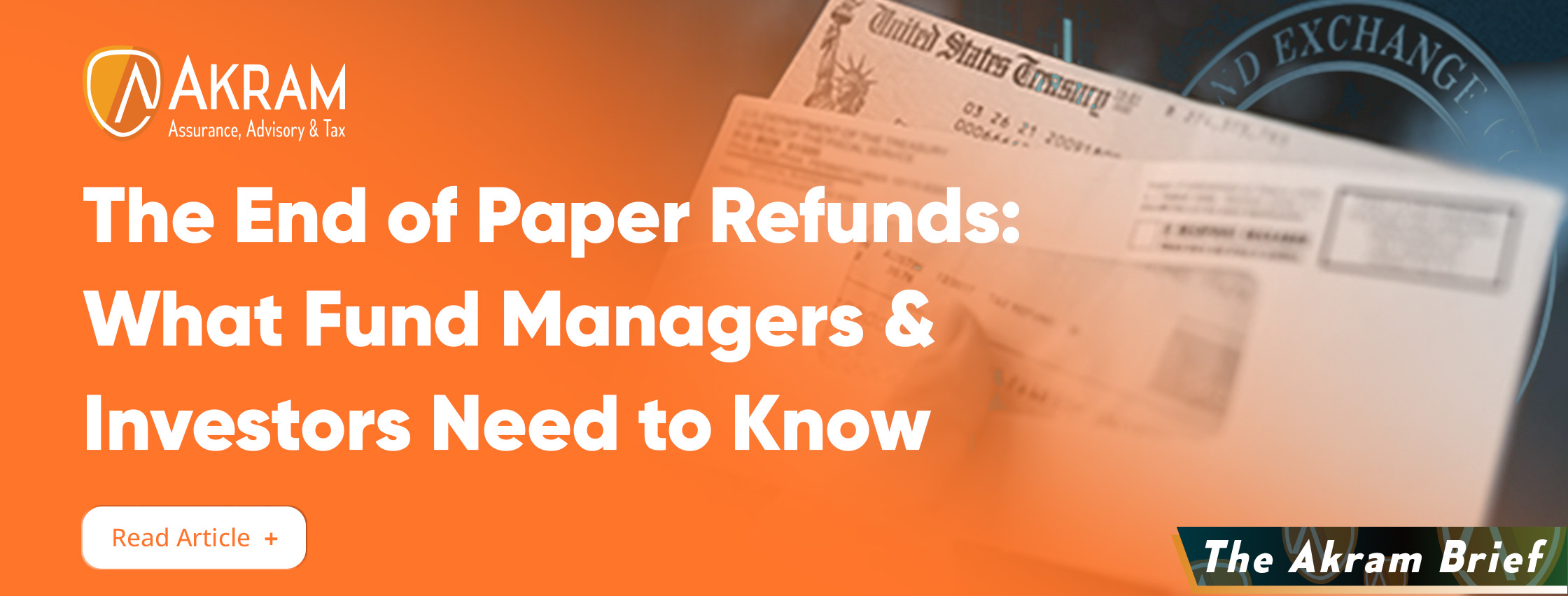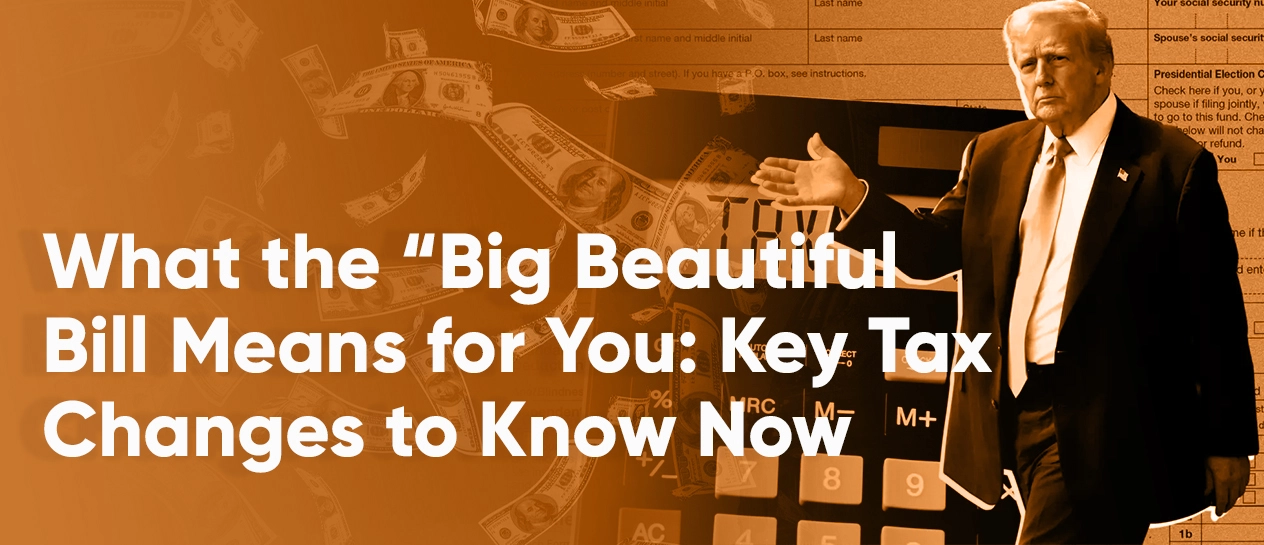Digital Assets Constructive Tax Planning Opportunities
An Analysis of Recent IRS Regulations and Safe Harbor Relief
As we approach the year-end, it's important for taxpayers holding digital assets to consider the recent IRS regulations and safe harbor relief provided in Revenue Procedure 2024-28 as opportunities for constructive tax planning. These developments present significant implications for tax planning and reporting requirements related to digital assets.The IRS in the past issued clarity that digital assets are to be treated as property for federal income tax purposes, which provides a constructive framework for applying traditional tax principles to property transactions, such as tracking basis to recognize gain or loss. In response to this, the IRS issued final regulations on information reporting requirements for digital assets, including specific guidelines for determining amount realized and basis allocations.
For taxpayers who employed the universal method, Rev. Proc. 2024-28 offers transitional relief concerning the regulations outlined in Regs. Sec. 1.1012-1(j). This relief aims to harmonize taxpayer and broker records, ensuring that brokers' Forms 1099-DA, which detail digital asset proceeds from broker transactions, align more closely with taxpayers' Forms 8949, which report sales and other capital asset dispositions. This synchronization is especially critical as brokers begin reporting basis on transactions starting in 2026.
One significant change introduced by the final regulations is the elimination of the global wallet treatment, requiring taxpayers to specifically identify the units of digital assets held within the single wallet or account from which the assets are disposed. This constructive shift to multiple-wallet or account basis tracking presents a new challenge for taxpayers, but also creates opportunities for more precise tracking and reporting.
To facilitate a constructive transition to the new basis tracking requirements, the IRS issued Revenue Procedure 2024-28, which provides a safe harbor for substantiating basis allocations beginning January, 1, 2025. This constructive safe harbor allows taxpayers to reasonably allocate remaining unused basis to any wallet or account, subject to certain limitations and requirements outlined in the revenue procedure.
Taxpayers looking to take a positive approach in leveraging this safe harbor should carefully consider the specific requirements and limitations set forth in Revenue Procedure 2024-28. It's essential to maintain detailed records to substantiate the allocations and ensure compliance with the irrevocable nature of any allocation made under the revenue procedure.
As January 1, 2025, approaches, taxpayers may seek to alleviate the administrative challenges associated with meeting safe-harbor requirements by considering one or more of the following strategies. It's important to note that these suggestions are meant to simplify compliance efforts and do not constitute financial or investment advice. Tax payers holding digital assets should proactively engage with their tax advisers to constructively discuss how to consolidate or allocate unused basis in the most advantageous manner based on their individual circumstances. A valuable allocation strategy, supported by comprehensive records, can help taxpayers navigate the evolving regulatory landscape and optimize their tax planning in a proactive and informed manner.
In conclusion, the recent IRS regulations and the introduction of Revenue Procedure 2024-28 present taxpayers with beneficial opportunities to optimize their tax planning and reporting for digital assets. By taking a practical approach and carefully evaluating these developments, taxpayers can position themselves to meet the evolving regulatory requirements and make informed decisions regarding their digital asset holdings.



